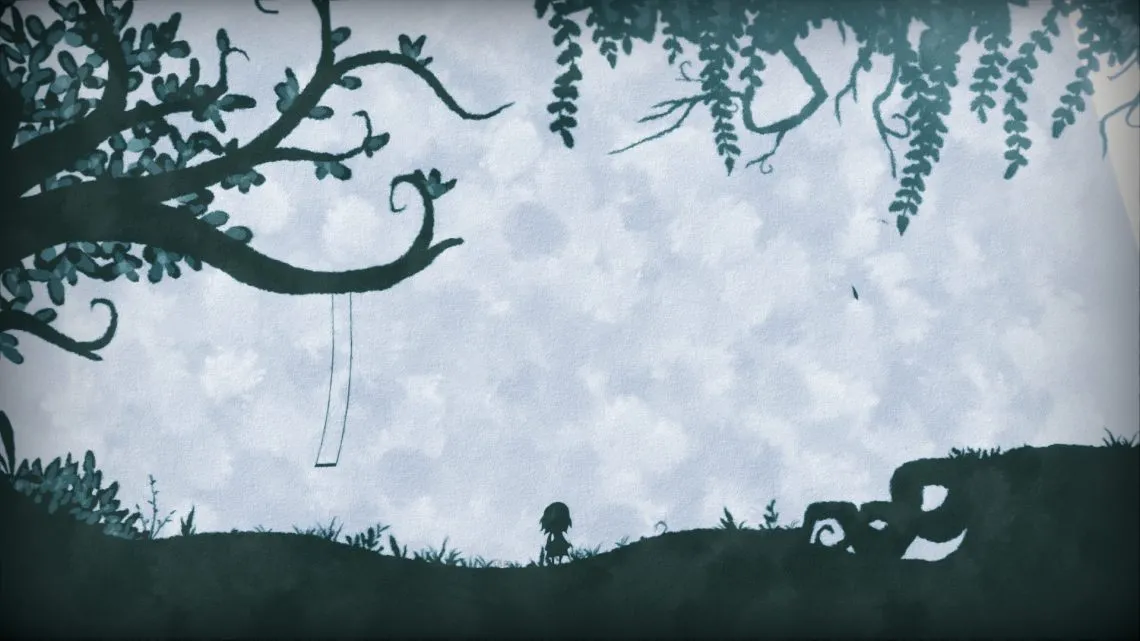
Visage: A Descent into Psychological Horror
Visage masterfully employs psychological horror, a well-established technique in the genre, to create a truly terrifying experience. This approach, seen in successful titles like Outlast and Layers of Fear, uses unsettling atmospheres and mounting tension to keep players on edge before unleashing terrifying jump scares. Visage, which garnered significant attention during its Kickstarter campaign, draws inspiration from P.T., the playable teaser for the cancelled Silent Hills project. Does Visage live up to the hype and deliver a truly chilling experience? Let’s delve into this haunting world.
The Crushing Weight of Fear
 Opening Scene
Opening Scene
From the very first moments, Visage establishes its unsettling tone with a disturbing opening sequence that exposes players to the protagonist’s horrific past. This serves as a chilling prelude to the psychological torment that awaits. As the game progresses, the developers’ intent becomes clear: to engulf players in a world of mystery and dread, leaving them terrified.
Central to this experience is the “sanity” mechanic, essentially the player’s lifeblood. Represented by a brain icon in the bottom left corner of the screen, its clarity reflects the protagonist’s mental state. A clearer image signifies a deteriorating sanity. As the game unfolds, supernatural occurrences become increasingly frequent, further eroding the player’s sanity.
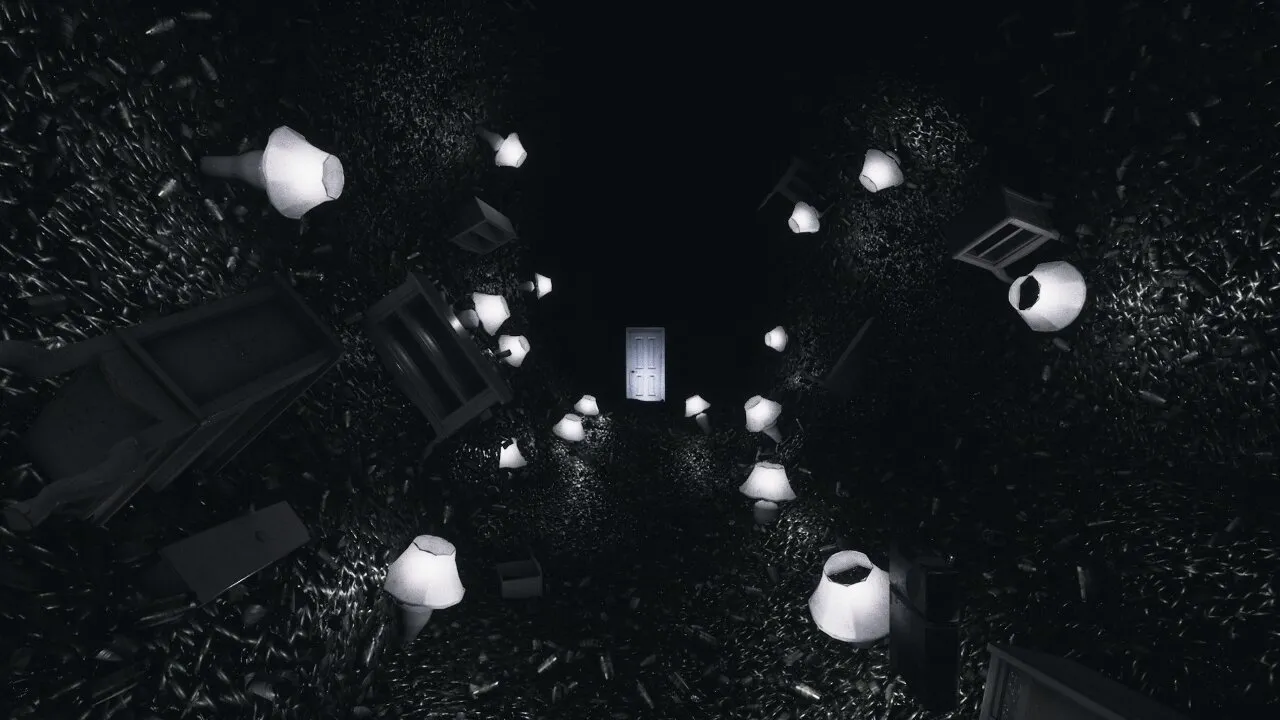 Sanity Deterioration
Sanity Deterioration
At its peak, these manifestations take the form of ghostly apparitions that stalk and ultimately attack the player with heart-stopping jump scares. Interestingly, the initial oppressive atmosphere gradually gives way to a deeper sense of mystery. As sanity plummets, these spectral figures become more persistent, appearing with alarming frequency.
However, Visage doesn’t simply corner the player. Light sources offer respite, restoring sanity and providing a temporary haven. Resources like tranquilizers and lighters offer additional means of survival.
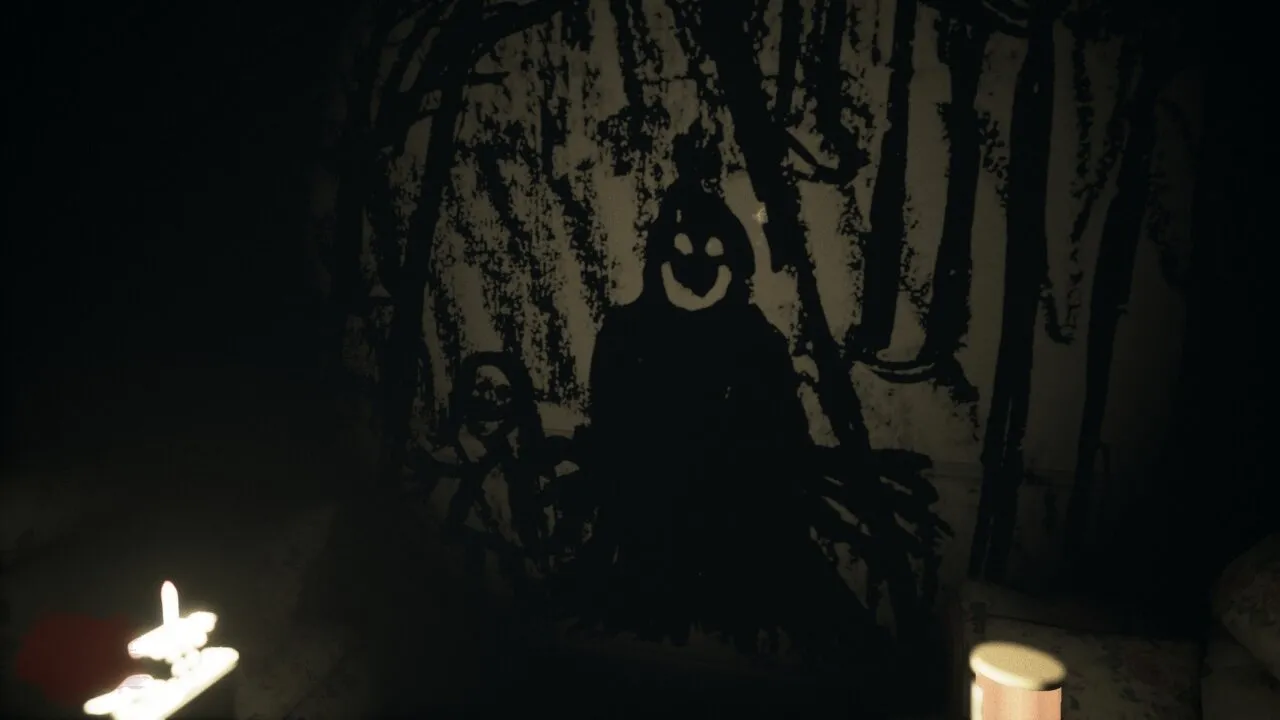 Light as Sanctuary
Light as Sanctuary
As the game progresses, light sources become scarcer, and resources dwindle, forcing players into increasingly dangerous situations. This constant pressure to find resources and uncover the mysteries of the house before succumbing to the darkness intensifies the horror.
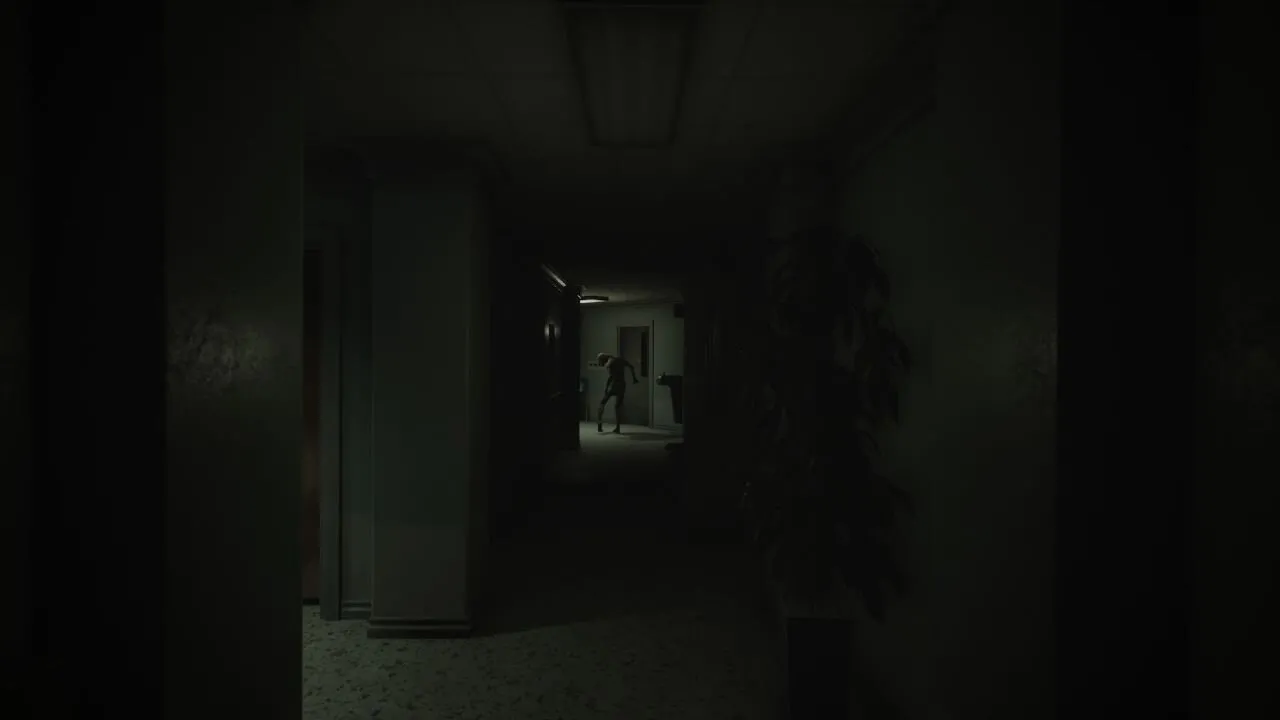 Exploring the House
Exploring the House
A Realm of Shadows and Sound
Visage excels in its environmental storytelling, weaving together atmospheric elements to create a truly immersive and terrifying experience. Sound design plays a pivotal role, acting as both friend and foe. The constant patter of rain and the unsettling creaks of the house create a palpable sense of unease. These seemingly mundane sounds become instruments of dread, keeping players on edge.
The soundtrack further amplifies the tension. The sudden emergence of music often signals the presence of a lurking entity, turning a moment of quiet exploration into a frantic escape. Turning off the sound, while tempting, only heightens the vulnerability and increases the difficulty.
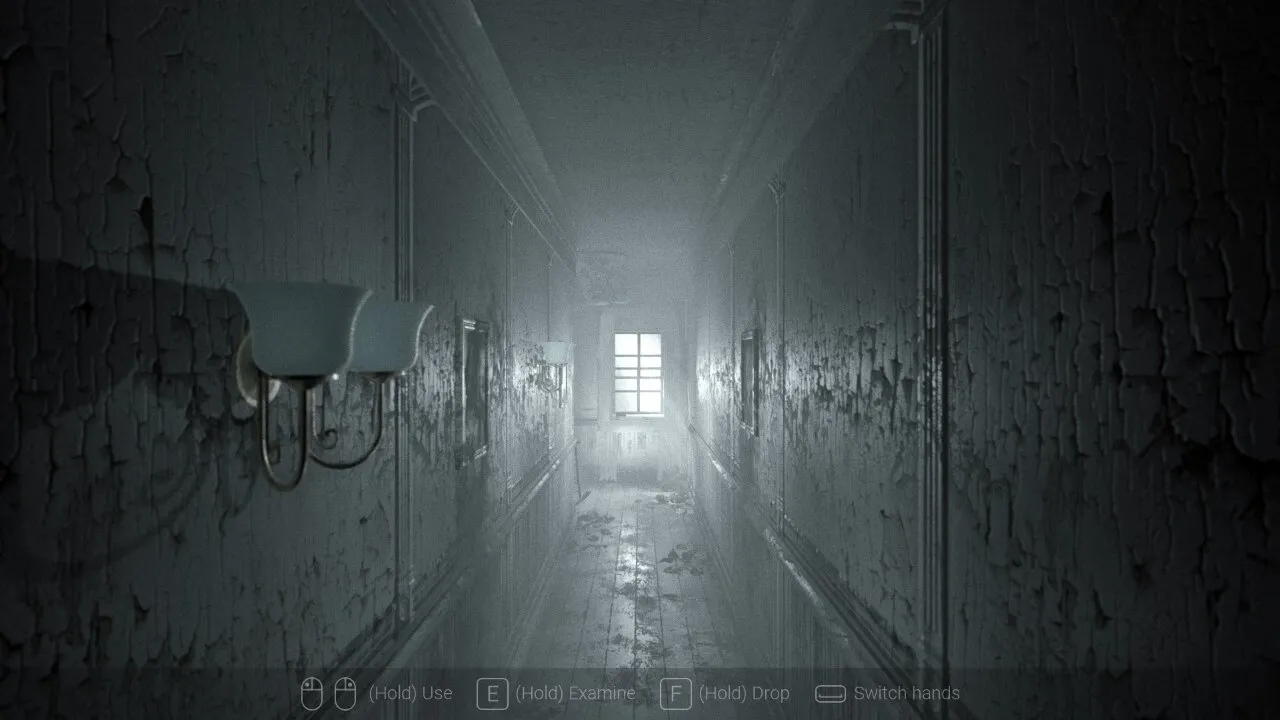 Darkness and Light
Darkness and Light
Light also plays a critical role in Visage’s horror. In certain sections, light sources are unavailable, leaving players to navigate by the faint glow of hallway lights. These dimly lit areas often conceal lurking horrors, transforming a sense of relief into sudden terror, further compounded by the unsettling soundtrack and haunting cries that echo through the house.
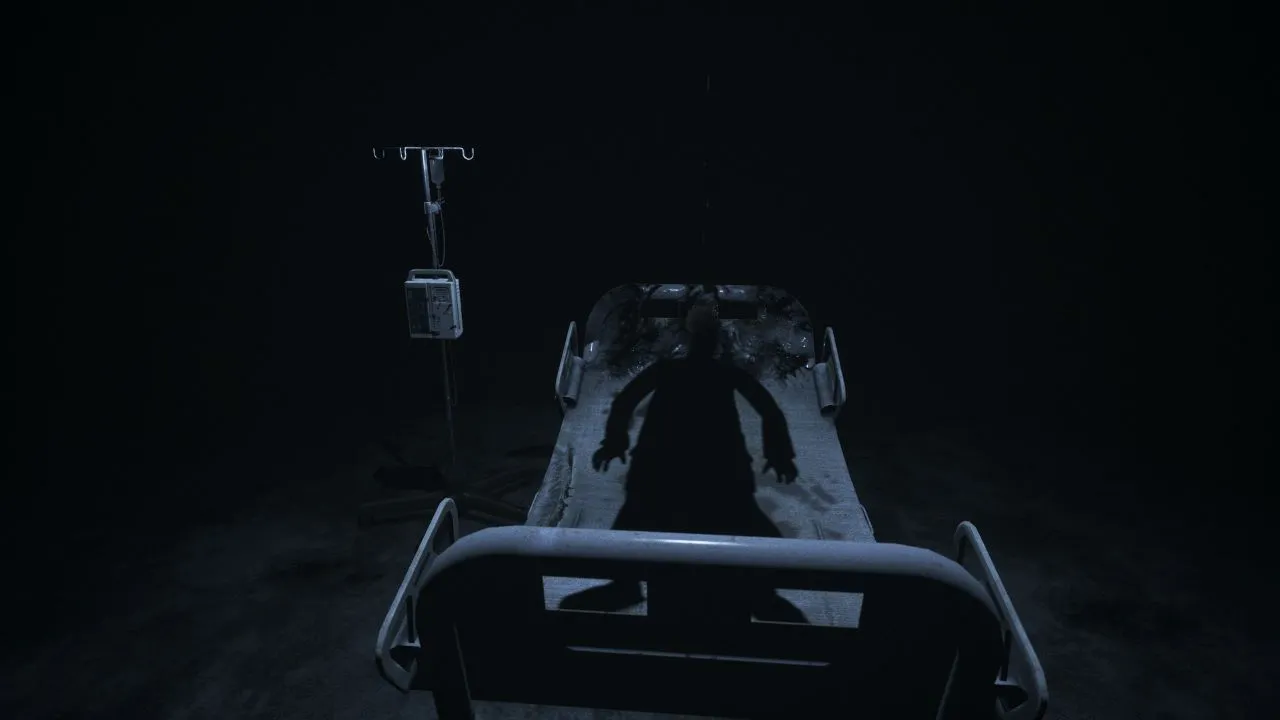 The Haunting House
The Haunting House
The claustrophobic environments and unsettling decor further contribute to the atmosphere. The cramped hallways and decaying walls, adorned with disturbing artwork, create a constant feeling of unease and claustrophobia. The effective use of light and shadow transforms these mundane spaces into chilling backdrops for the horrors that unfold.
Puzzles Without Solutions
Visage features three main chapters: “Lucy,” “Rakan,” and “Dolores,” along with a smaller, hidden chapter. Each chapter offers a unique and often perplexing gameplay experience, sometimes transporting the player to entirely different environments. The narrative is well-crafted and open to interpretation, but to avoid spoilers, we won’t delve into specifics.
Certain items become unusable or are taken away in exchange for a flashlight, shifting the focus from resource management to exploration and puzzle-solving. This constant shift in gameplay mechanics keeps the experience fresh and prevents reliance on a single strategy. As the story darkens, the tension mounts, with numerous “hotspots” triggering ghostly pursuits. The jump scares are precisely timed, often occurring during moments of peak vulnerability.
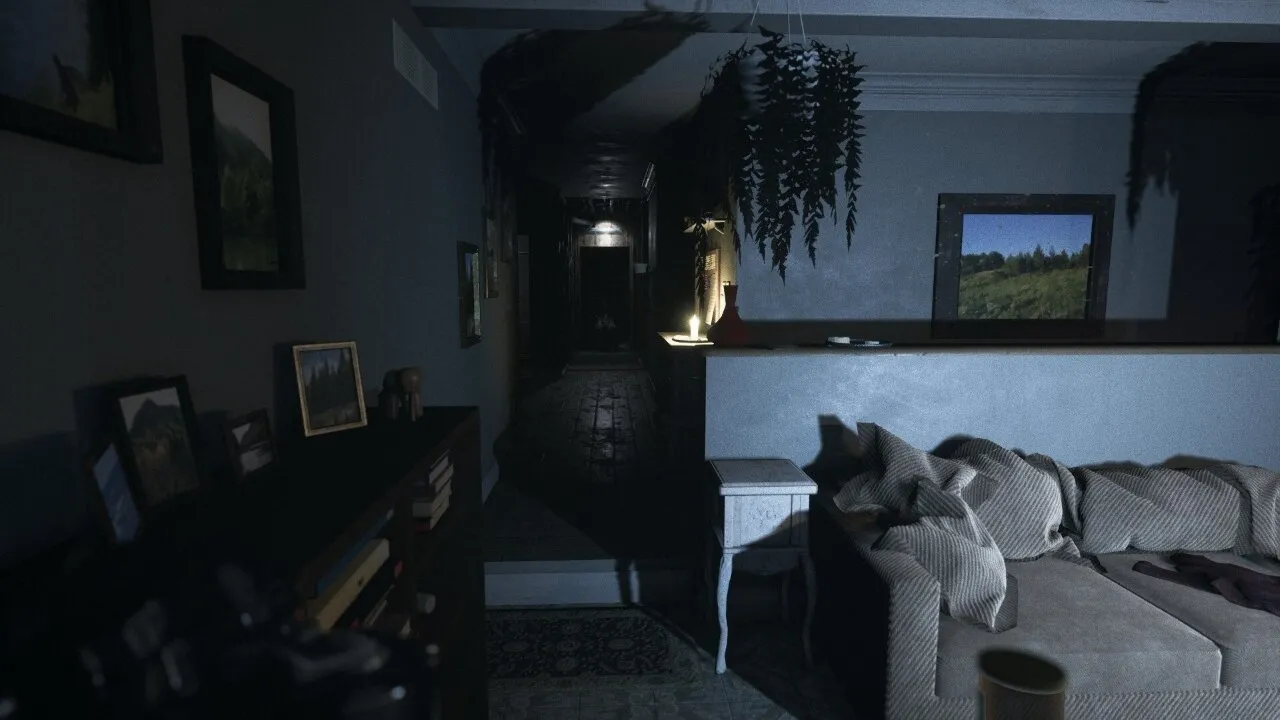 A Glimpse into the Horror
A Glimpse into the Horror
Conclusion
Visage delivers a truly terrifying and psychologically disturbing experience. Its masterful use of sound, light, and environmental storytelling creates an oppressive atmosphere that keeps players on edge. While the puzzles can be challenging, the constantly shifting gameplay mechanics and well-crafted narrative keep the experience fresh and engaging. Visage is a must-play for fans of psychological horror.





Comments (0)